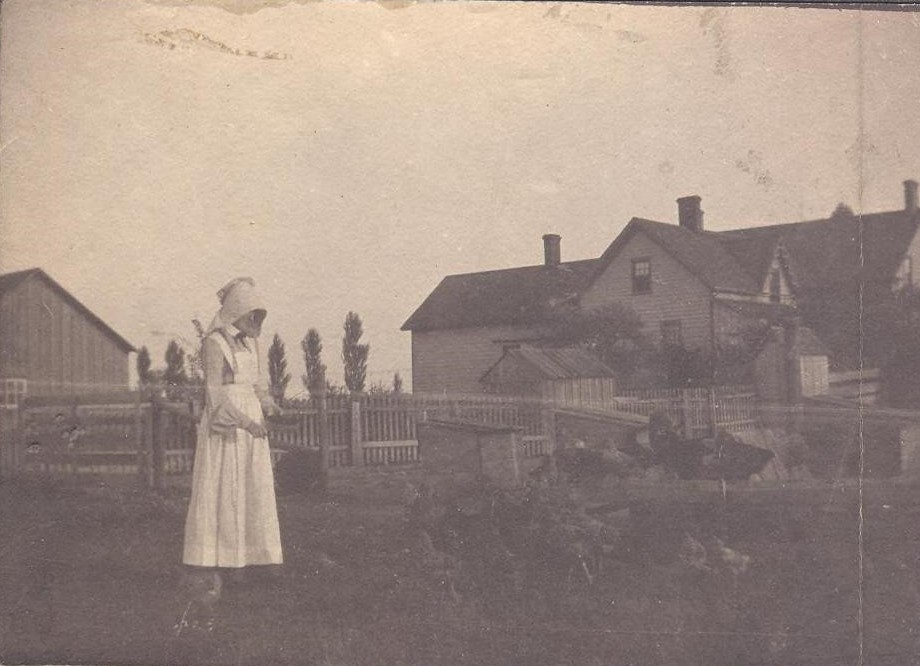

A World War II poster
By Karen Richardson, Curator Haldimand County Museum & Archives
To The Haldimand Press
Since pre-contact, farming has played a critical role in the development of Haldimand County.
Beginning 10,000 years ago the indigenous people were farming along the Grand River. Their major crops were corn, beans, and squash. The planting and cultivation required the support of the entire family, in particular the women, who along with their other duties, helped to ensure a good harvest by working diligently alongside their men in the process.
With the population of Haldimand being in its infancy until the 1820s, the arrival of the Loyalists in 1783 would precipitate the need for husband and wife to work together for survival. The clearing of the land and growing of crops would require the efforts of both partners. It would be nothing to see women working behind the plough, milking a cow, or feeding the chickens. As the Industrial Revolution began, changes in technology led to a more efficient way to work the farm, helping the local farmers to go from survival mode of the early settlers to the farm becoming a profitable business. The partnership between husband and wife was essential for this to work as the increase in crop production required even more hours of work. Women’s role on the farm continued to be a necessity for the success of the business.





